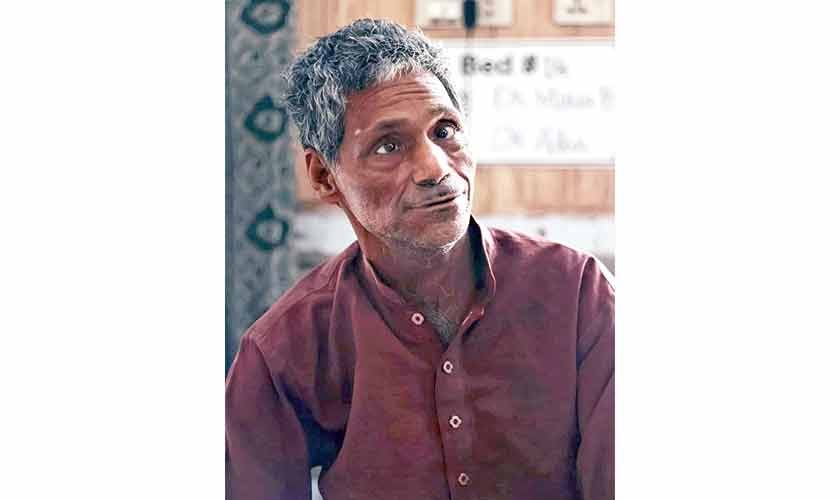Every night, hundreds endure sleeplessness on Lahore’s streets. Many are labourers who have migrated to the city in search of jobs. Soaring rents force them to sleep on the roadsides. The urban homeless are mostly economic migrants, though many are also pushed out by mental and physical disabilities.
Among them are those who hear none of the city’s noise as a drug-filled haze engulfs their senses, quashing their dreams and leaving their skeletal bodies craving only the painful needles that numb their reality. They often don’t fully realize the devastating impact of these substances on their weary minds and bodies.
Forced to live in unhygienic conditions and disconnected from social life, these individuals are often denied access to social and medical services because they lack valid identity documents. Reported numbers suggest that nearly 2,000 people have lost their lives over the past couple of years while living on the streets. However, it would be imprudent to assume that the reported figures accurately represent the full scale of the challenge at hand.
Nisar is one such soul lost to the city. Found quivering on a footpath, the malnourished man once had a home. Discovered by Saleeha Noor of the Shauoor Welfare Foundation, Nisar’s case is a stark reminder of how homelessness, lack of proper medical care, and the absence of societal support can chip away at a person’s dignity—even in death.
His situation illustrates the harsh reality faced by those displaced from their homes due to mental health challenges. Initially found lying on a footpath—dishevelled, unshaven, malnourished, and in pain—under the scorching July sun this year, Nisar died after a short stay in the hospital just a month later.
Nisar’s case raises a critical concern: the provision of care to persons without identity documents, especially those with mental health issues that render them unable to advocate for themselves or access services that would recognize their status as named citizens.
Refused admission by several public healthcare centres because his case did not fall within the medico-legal bracket, and lacking any proof of identity, Nisar (the name he used) could not receive care until it was too late. Finally admitted to Sir Ganga Ram Hospital, Nisar—or Mehtab, or whoever he was—began to regain some health.
However, this improvement was not to last long. Once able to speak a little, he told his caregivers that he once had a home. Somewhere in Mughalpura lived his relatives. He had brothers and sisters-in-law. Why he left home, or if he was forced out due to his altered mental status, remains a mystery.
Hospitals in Lahore face an overwhelming daily influx of patients. Shortages of staff and equipment, overworked doctors and nurses, and constant scrutiny have put public sector hospitals in the city under relentless stress. With economic and fiscal challenges multiplying daily, providing healthcare support and quality care to an ever-growing, financially vulnerable population has become a significant challenge.
Nisar’s story highlights another pressing concern: the provision of care to individuals without identity documents—particularly those suffering from mental health issues who cannot advocate for themselves or access essential services that would recognize their citizenship.
Many such Nisar cases end tragically—dying nameless, unidentified, and forgotten. The city bustles around their limp bodies until someone notices the stench of rotting flesh. Buried equally unceremoniously, these persons are lost forever. Lahore swallows them whole.
https://www.thenews.com.pk/tns/detail/1346834-no-city-for-the-nameless
